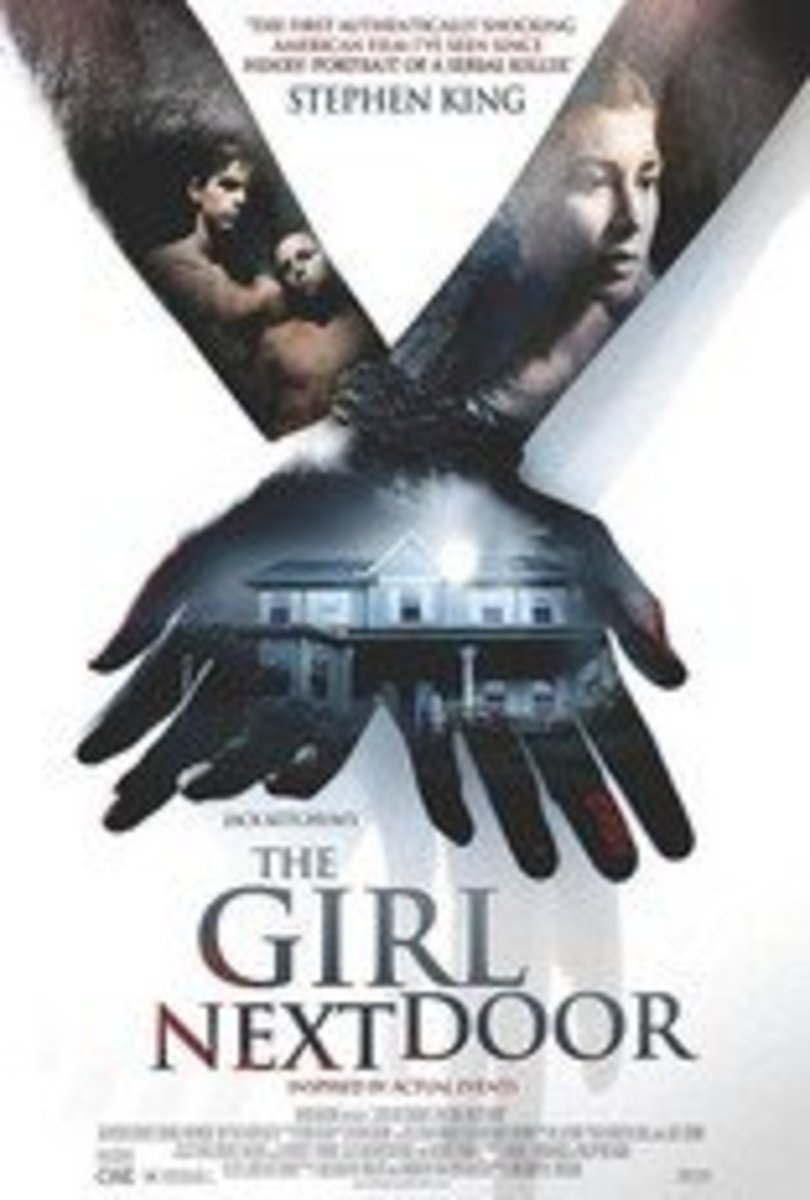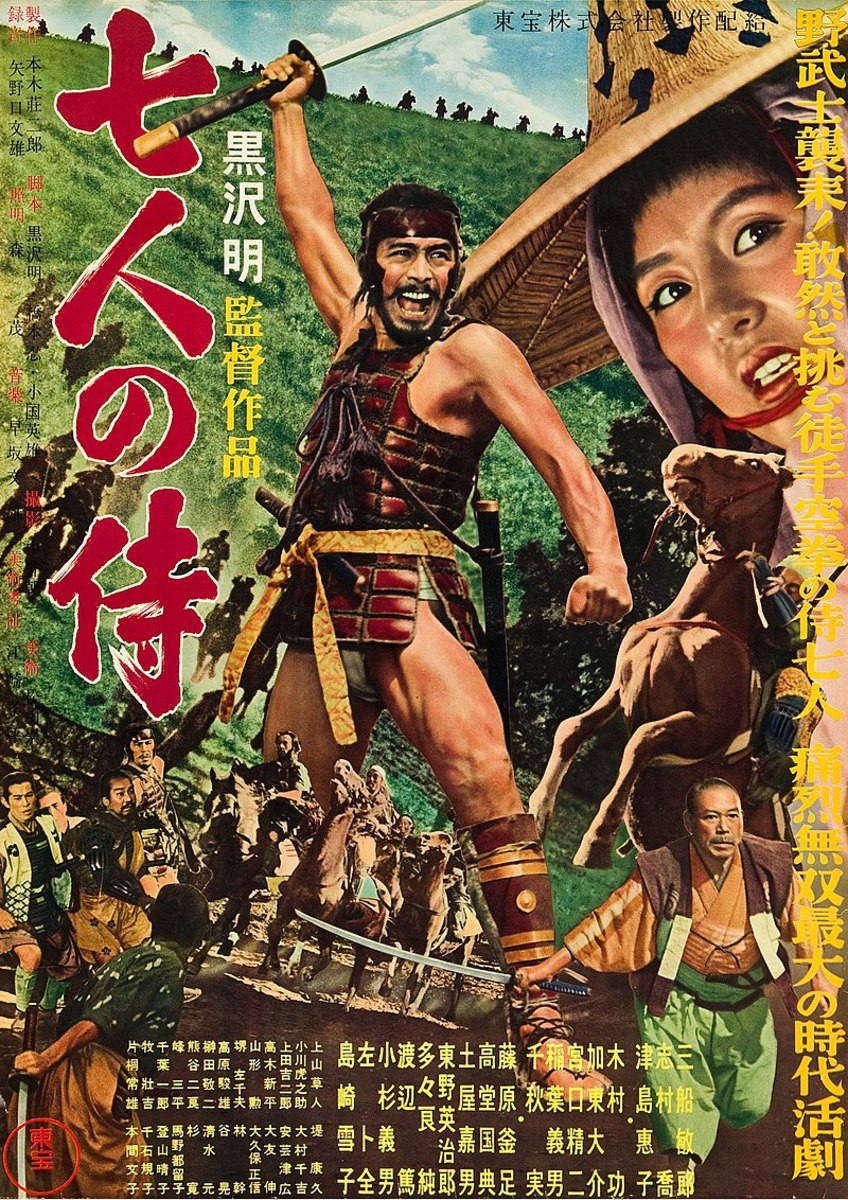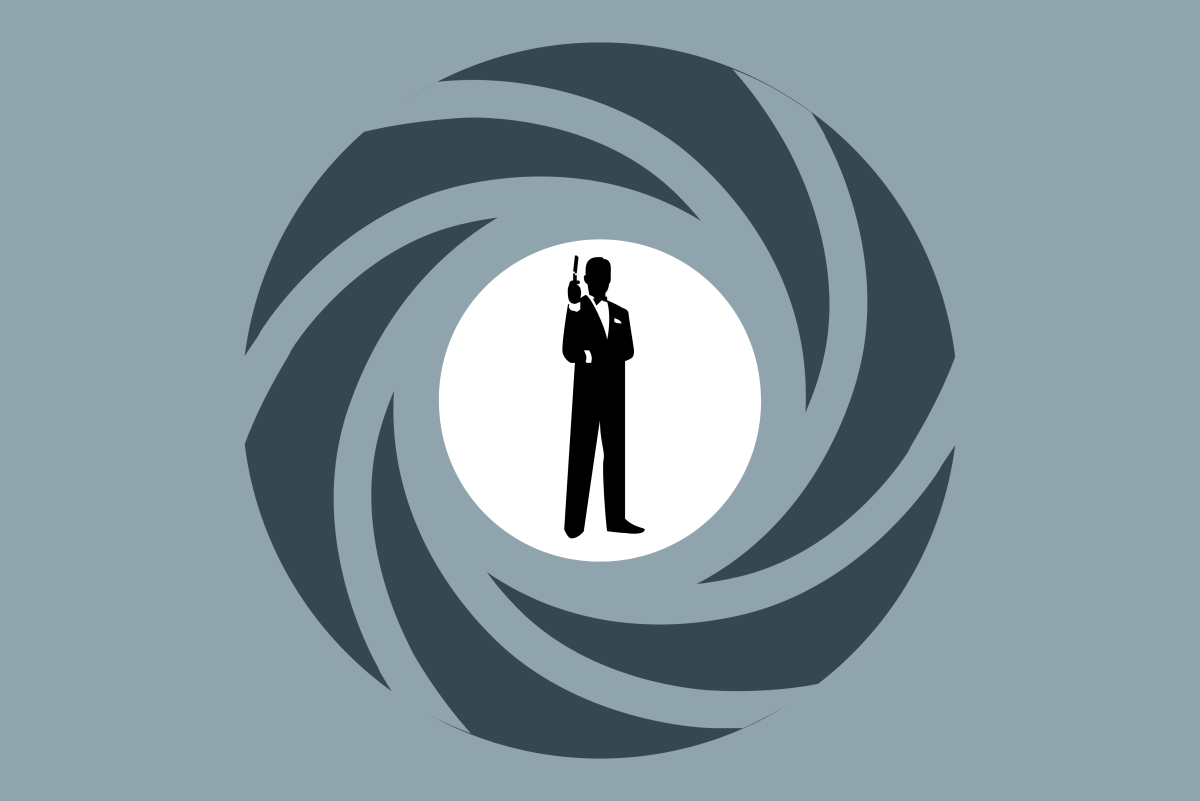Significance of A Bout de Souffle / Breathless and the French New Wave
Quotes:
“We do not know what we want and yet we are responsible for what we are - that is the fact.”
“When we talked, I talked about me, you talked about you, when we should have talked about each other.”
Film Analysis
The most memorable moment in the film A Bout de Souffle to me, is when Patricia imitates Michel’s ironic and reoccurring swipe of thumb across his lip at the very end of the film. Confused and in shock of Michel’s death, Patricia is filmed directly regarding the camera, as she asks what Michel’s final insult to her means. The last scene of A Bout de Souffle signifies the end of both characters’ struggle in finding happiness and freedom in each other. Doomed from the onset, patria and Michel are shown as reckless, detached from the world, together at times only for temporary answers. Their uncertainty and dissatisfaction reaches their climax when the film closes with the main characters failing to understand and connect to each other. Jean Luc Godard ends the film this way, in my opinion to challenge the characteristic feel-good resolutions in films accepted by the mass at the time. He also employs startling jump cuts, daring dialogue and unlikable and immoral main characters in his film in order to self-consciously transgress classical boundaries set by previous filmmakers.
This article will analyze a short sequence in the final scene of A Bout de Souffle in particular, in order to evaluate the ways this film conveys the existentialistic perspective of life and the significance of the French New Wave movement to film history.
The final scene in A Bout de Souffle , similar to other French New Wave films, appears to be shot at a low budget. The scene is set on a typical French street and shot with limited props. Godard uses abundant jump cuts, and atypical long tracking shots. The last scene exemplifies the director’s desire to portray reality the way it really is: imperfect, messy and unpredictable.
The segment that will be analyzed begins at about 1:22:15 and ends at 1:25:27. The sequence begins at the point where Michel reveals to Antonio his intention to stay at the scene knowing that the cops will be after him. The first shot of the segment is a close-up of Michel at eye angle as he speaks of his feelings of exhaustion and disgust, “I’m sick of it all. I’m tired. I want to sleep.” Michel is shot with shallow focus in order to highlight his facial expressions. This is a clear foreshadowing of how the film may end for Michel. His words also indicate the impact of Patricia’s betrayal on his actions. Instead of continuing his criminal life style, he sees and accepts the meaninglessness of his pursuits. Then the film cuts to the second shot, a medium shot showing Michel continuing his contemplation of his feelings for Patricia with peaceful church bell music playing in the background. The shot then pans from right to left, displaying Antonio reaching for his automatic and offering it to Michel. Michel considers the gun then gives it back to Antonio and tells him to leave. The second shot ends here before a jump cut is used to transition into the next shot. These first two shots describe Michel’s state of mind before the arrival of the cops. He is portrayed as still detached from reality, focused solely on Patricia’s betrayal and thinks of the future in vague, disinterested terms.
The next series of shots are very short. The third shot is a long shot at a high angle which begins with the arrival of the cops at time 1:22:40. The police car is braked suddenly as one of the doors opens. It then cuts to a medium shot of Antonio reaching for the gun, ready to throw. The cops are then shown to exit the car with another high angle shot, facing the same direction as Antonio’s car is parked. In this sixth shot, as an example of match on action, Antonio completes his throw in a medium shot before driving away. The camera then pans to the right to show the gun falling to the ground. As the gun falls, Michel is shown in a long shot preceded by a jump cut to be walking away then noticing the gun and picking it up. He turns his head to look in Antonio’s direction and the film cuts to a medium shot of Antonio as he drives away. Michel is then shown to look ahead in anticipation in the 9th shot. The camera immediately moves to the cops standing in front of their car, one of them fires the gun. As soon as the gun is fired, the film jump cuts to Michel running with his back to the cops, evidently shot. However, due to the use of a jump cut, the moment that Michel gets shot is not shown, which increases the dramatic effect as he stumbles down the street. Hectic orchestra music that is characteristic of this film begins playing at this instant. These short shots create tension and quicken the pace of the action. The disjunctive editing also showcases the chaos and instability of Michel’s life. These shots use deep focus to display the setting and the nonchalant people on the street who are oblivious to the police and the shooting.
The pace of the segment changes drastically with the long, tracking shot utilized to shoot Michel futilely running down the street, with his back to the camera. The camera seems unsteady as Michel stumbles while covering his wound. The visible shaking of the camera demonstrates the low budget shooting typical of many French New Wave films. The passing people appear disinterested in Michel. Michel is shot at an eye angle with shallow focus which allows the audience to follow him without being distracted by the scenery. This shot lasts for about 16 seconds and ends with Michel looking back. It then jump cuts to a medium shot of Patricia running after Michel, in which she appears troubled and anxious, with her hand over her chest. She is shot with shallow focus as well where the people around her are blurry. Because of the jump cut, Patricia’s appearance seems spontaneous and creates a sense of discontinuity in the action. The gap in the special development forces the viewers to critically question the presence of Patricia and her intentions. The views are also given the opportunity to analyze the editing style of film and form an opinion on the meaning that the editing creates.
The film the jump cuts to the 13th shot of the segment, which features a long take of nothing but Michel struggling to continue running. The camera zooms in slightly at times but maintains enough distance for a long shot. The long take and shallow focus demand the viewers to vicariously experience Michel’s struggle and pay attention to the editing. The realistic temporal development breaks with the conventional paradigm and creates discomfort for the viewers who are used to the traditional practice of cutting to the end of a long chase. The 50 second long take also builds tension and develops Michel’s character by emphasizing his tiredness and sadness. The dramatic yet playful music in the background echoes the absurdities that life presents.
This shot finishes when the camera zooms in on Michel collapsing onto the ground and jump cuts to a medium long shot of Patricia catching up to him. It then immediately jump cuts to a high angle shot of Michel lying on the ground, and still smoking a cigarette. At this point, the background music comes to a close in order to emphasize the dialogue and facial expressions of the characters. Shot 16 is a close up of Patricia as she stands looking at Michel, out of breath after running, her hand covering her face. Patricia is shown to be in shock yet in control of her emotions, perhaps because she is still processing the situation. The next two high angle shots depict Michel making funny faces at Patricia and Patricia watching him in silence, not knowing how to react. The 19th shot of the segment shows Michel making the famous insult to Patricia before dying, “C'est vraiment dégueulasse.” The theme music begins at this moment; however it is softer this time and conveys a sense of loss and melancholy. The music too does not offer the audience the usual catharsis of experiencing sadness after a tragedy; instead it is dissatisfying just like the lack of resolution at the end of film. Patricia looks directly into the camera, swipes her thumb across her lips and asks what the insult means in the final close-up shot. These close ups of Patricia use shallow focus to emphasize her facial expressions by ignoring the background scenery. The final shot of Patricia powerfully displays her confusion and pain. Life appears to be absurd and the world indifferent to her struggles. The film ends with Patricia turning away from the camera then a blackout followed with the word “FIN”. The film ends with the lovers as distant as ever, their pursuits failed and no rational answers could be found to explain the things that have happened.
Godard chooses to make the main characters of his film immoral, naïve and hard to understand to emphasize his existentialistic perspective on life. Michel refuses Antonio’s gun and in a sense, chooses to end his life while Patricia betrays Michel based on her self-interest or perhaps her concept or right from wrong. However, the lovers in the end do not understand each other’s actions and the audience too, is left in the dark with only speculations. Despite their actions and motives, Michel and Patricia’s “love” story seems to only resonant the existential theme of individuality. One lives to the best of one’s ability in an indifferent world where it is ultimately impossible to connect to one another.
The existential themes of the A Bout de Souffle are presented in a style that facilitates their revelation. The various shot lengths, multiple jump cuts and ambiguous plot progression characteristic of the French New Wave emphasize the chaos and imperfections in life that are often ignored by Classical Hollywood. Godard presents a version of reality in A Bout de Souffle that is unfamiliar and startling to the audience because of its honest, unapologetic depiction of life without much temporal manipulations. In the end, the audience is encouraged to accept that most events that occur do not have straightforward explanations and people often do not have perfect understandings of themselves or of each other.
The verisimilitude created by the Classical Hollywood continuity editing appears to be a presentation of the illusion of realism to the French New Wave filmmakers. In a post-war environment, directors such as Godard and Truffaut aimed to use disjunctive editing to alienate the viewers and create ambiguity in the narration in order to force the viewers to engage in critical analysis as well as face the existentialistic qualities of reality. Besides its contribution of an alternative editing style, the French New Wave movement is also significant for its lasting influence on film makers such as Arthur Penn and Francis Ford Coppola who used disjunctive editing within classical films. Furthermore, disjunctive editing is seen in television commercials as well as music videos. The writings of Godard and other French New Wave film makers for publications such as Cahiers du Cinema also helped to establish film as an expressive and artistic medium for individuals instead of mere entertainment for the mass.



